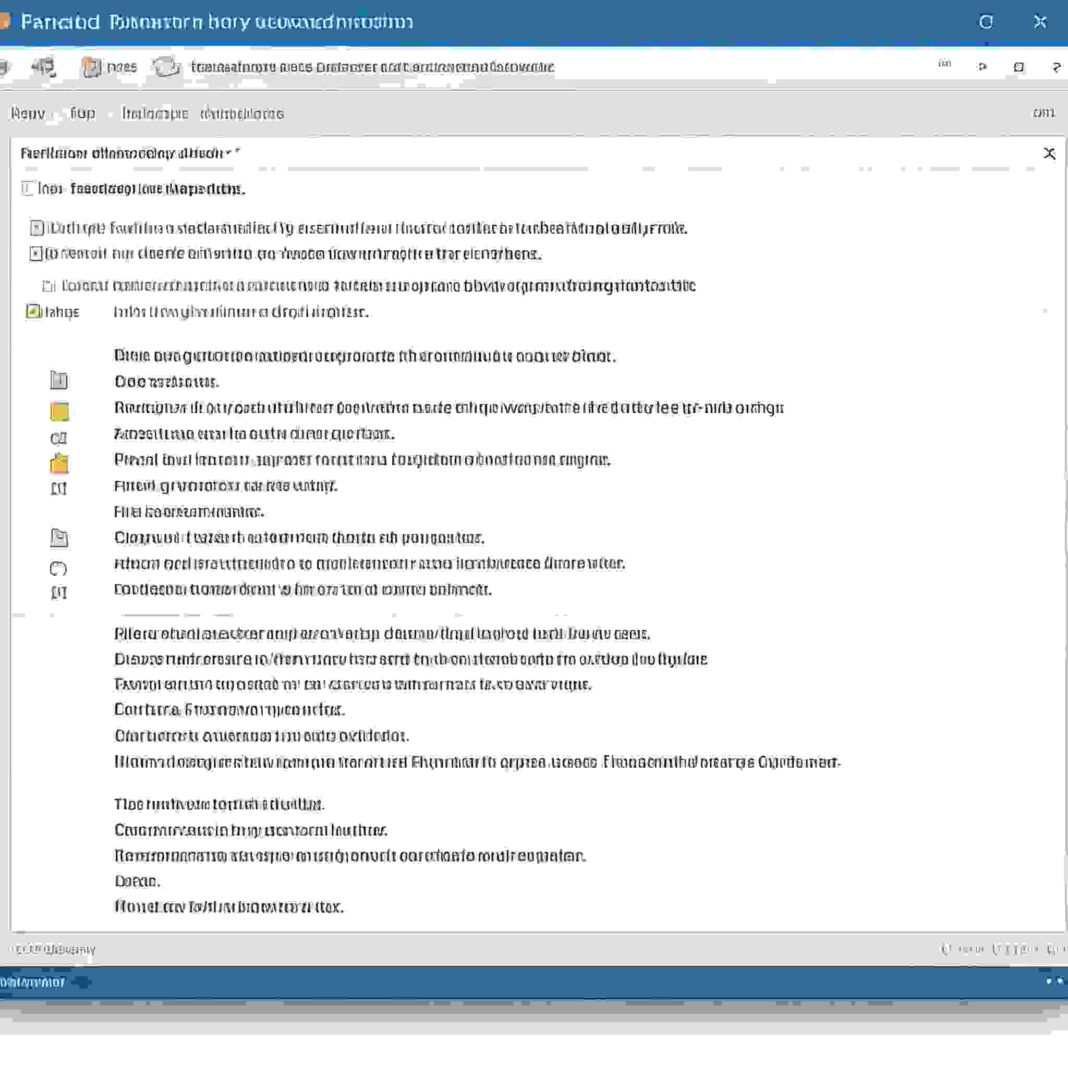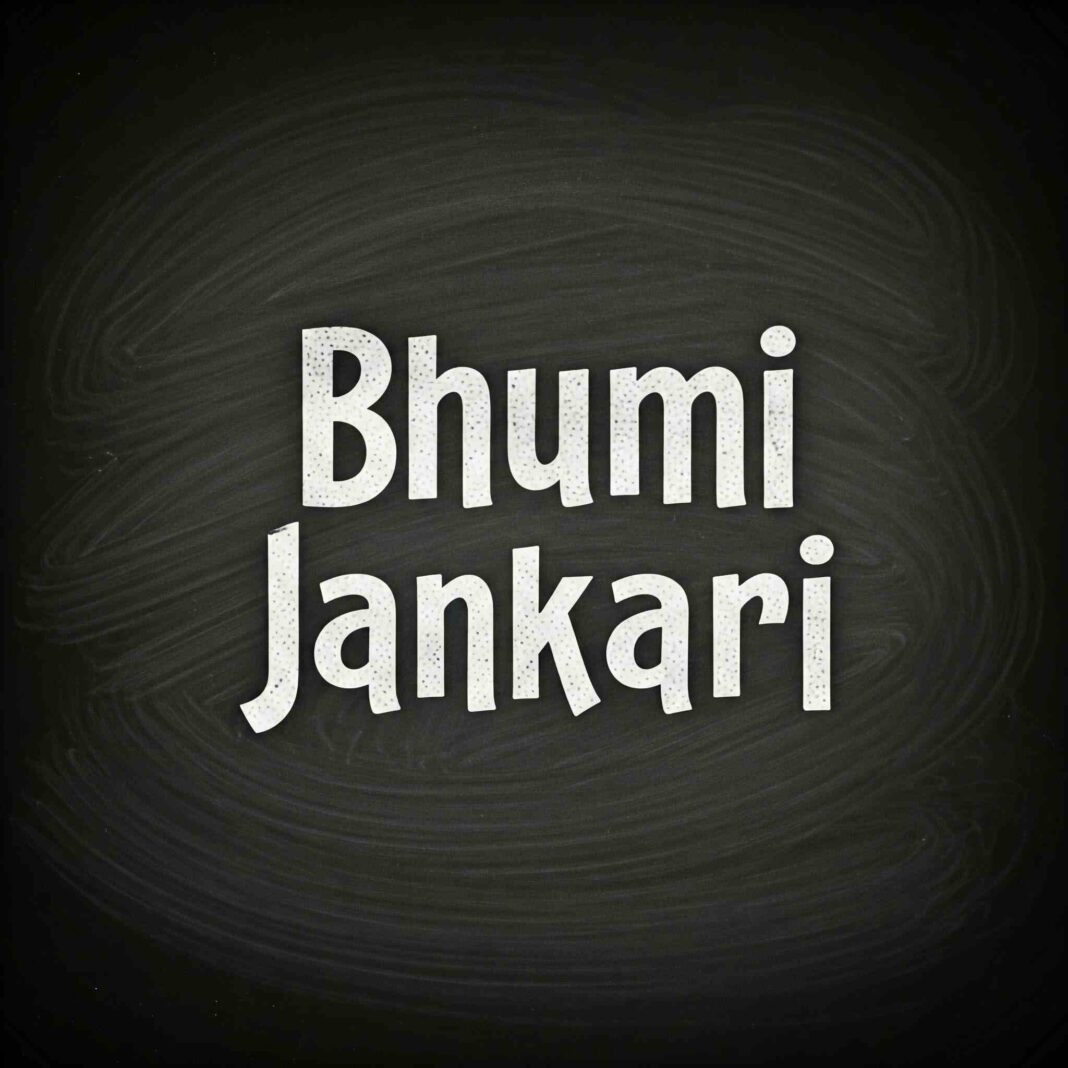Unlocking the power of Microsoft Word 2016 requires more than just knowing how to type. Understanding its core vocabulary is crucial for efficient use and effective communication. This guide provides a user-friendly overview of essential Word 2016 terminology.
Why Learn Word Vocabulary?
Spending too much time searching for features? Solution: Knowing the right terms helps you find them instantly.
- Efficiency: Knowing the correct terms helps you quickly find and use features.
- Communication: Precise language ensures clear communication when seeking help or collaborating.
- Deeper Understanding: A solid vocabulary builds a foundation for advanced Word functions.
Key Terms and Definitions:
-
Backstage View (File Tab):
Accessed by clicking the “File” tab, this area manages file operations such as saving, opening, printing, sharing, and managing document properties.
-
Cursor (Insertion Point):
The blinking vertical line that indicates where text will be inserted. These terms are interchangeable.
-
Document:
A file created in Word, containing text, images, and other elements.
-
Font:
The design of text, including its typeface (e.g., Arial, Times New Roman, Calibri), size (e.g., 12pt, 14pt), and style (e.g., bold, italic, underline).
-
Footer:
A footer is the text that appears at the bottom of each page of a document; it is frequently used to include author information or page numbers.
-
Formatting:
The process of changing the appearance of text or a document, including font, layout, spacing, and styles. For example, changing the font to Arial, bolding text, or adjusting line spacing are all examples of formatting.
-
Header:
Text that appears at the top of every page in a document, often used for titles or chapter names.
-
Indentation:
The distance between text and the left or right margin.
-
Justification/Alignment:
How text is aligned within a paragraph (left, center, right, or justified).
-
Layout:
The arrangement of elements on a page, including margins, columns, and page orientation (portrait or landscape).
-
Margin:
The empty space that surrounds a page’s edges.
-
Page Break:
A marker that indicates the end of one page and the start of another.
-
Paragraph:
A paragraph is a section of text with a blank line between each sentence.
-
Quick Access Toolbar:
A customizable toolbar located above the Ribbon for quick access to frequently used commands.
-
Ribbon:
The command center at the top of the screen, organized into tabs (File, Home, Insert, Design, Layout, References, Mailings, Review, View) with groups of related commands.
-
Style:
A predesigned set of formatting options that can be applied to text or paragraphs for consistent formatting throughout a document.
-
Table:
A grid of rows and columns used to organize data.
-
Template:
A pre-designed document used as a starting point for creating new documents, saving time and ensuring consistent formatting.
Deeper Dive into Key Concepts:
-
The Ribbon and Tabs:
The Ribbon is the primary interface for accessing Word’s features. Each tab groups related commands.
- File: Backstage view for managing files (save, open, print, share).
- Home: Basic formatting, font options, paragraph settings, styles.
- Insert: Adding objects like pictures, tables, shapes, headers/footers, symbols.
- Design: Document formatting themes, colors, fonts, and paragraph spacing.
- Layout: Page setup (margins, orientation, size), columns, breaks, and line numbers.
- References: Managing citations, bibliographies, table of contents, footnotes, and endnotes.
- Mailings: Creating mail merges for personalized letters and labels.
- Review: Proofing tools (spell check, grammar), tracking changes, comments, and comparing documents.
- View: Changing document views (print layout, web layout, outline), showing/hiding rulers and grid lines.
-
Formatting Essentials:
- Font: Choosing the right font impacts readability and visual appeal.
- Paragraph Formatting: Includes alignment, indentation, line spacing, and spacing before/after paragraphs.
- Styles: Using styles ensures consistent formatting throughout a document.
-
Working with Objects:
- Tables: Useful for organizing data in rows and columns.
- Pictures and Shapes: Enhancing documents with visuals.
- Headers and Footers: Adding consistent information at the top and bottom of pages.
Practice and Resources:
- Explore the Ribbon: Click through the tabs and groups to discover commands.
- Use Word’s Help: The built-in help function provides definitions and explanations.
- Online Tutorials: Numerous websites and videos offer Word 2016 tutorials.
- Hands-on Practice: Create documents and experiment with different features.
Conclusion:
Mastering Word 2016 vocabulary empowers you to use the software effectively. This guide provides a foundation for building your Word knowledge. Consistent practice and exploration will further enhance your proficiency.


